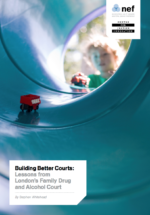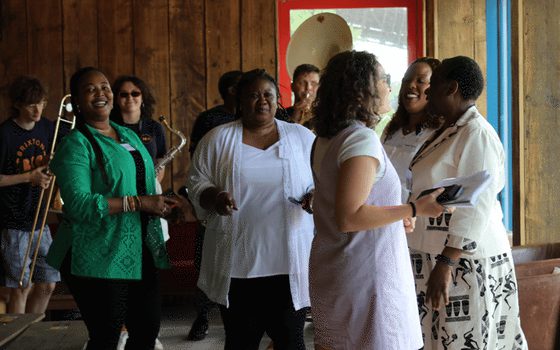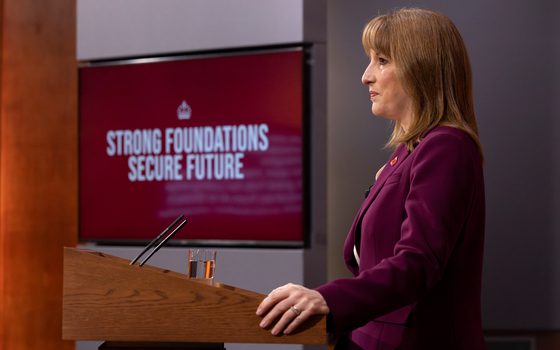Building better courts
Lessons from London’s Family Drug and Alcohol Court
24 July 2014
London’s Family Drug and Alcohol Court (FDAC) is a strikingly successful example of courts innovating to deal with complex problems.
FDAC works with substance misusing parents who are at risking of having their children removed. By working with a specialist treatment team and calling in parents for regular progress reviews, FDAC judges give families a chance to stay together where possible.
Today the court is backed by independent evaluators and is working to spread its approach. But what did it take to achieve this? What can other court innovators learn from FDAC’s experience? This report examines the factors behind the court’s success – from the birth of the idea, to the end of the pilot.
Opening its doors in 2008, FDAC covers 6 London boroughs and supports around 50 families each year. The project is rooted in the idea of problem-solving justice, where courts use their authority to address the complex social issues that bring people before them. It is run by specially trained and dedicated judges who provide direct, ongoing supervision and support to parents in recovery. They work closely with a multi-disciplinary team who offer personalised care and treatment to families at risk.
A recent evaluation report concluded that families going through FDAC are more likely to stay together, that parents are more likely to reduced their drug use, and that the children going through FDAC are less likely to experience further neglect and abuse than similar families passing through mainstream family courts.
FDAC is one of the most successful examples of problem-solving court innovation in England and Wales in recent years. It has cleared four major hurdles at which many other well-designed and well-executed pilots fall. First, FDAC has successfully adapted an American problem-solving court model, carefully tailoring it to fit in with its specific London environment. Second, through an independent evaluation, it has generated clear and robust evidence of positive impact. Third, it has successfully transitioned from being a pilot underwritten by central government into a sustainable innovative part of local service delivery. Last, recognition of its value is leading to its replication: acknowledgement of its successes in the 2011 Family Justice Review which has led to further funding being offered to test its approach in other parts of England and Wales.
This paper explores the implementation history of FDAC in order to identify strategies which laid the foundation for the success of the project. Our research has identified a number of key strategies adopted during this period which contributed to success:
- Targeting a clearly defined and well-evidenced problem, relevant to policymakers and local commissioners: The high incidence of parental substance misuse in care proceedings in inner London (64% of cases), and the poor outcomes for children were well-documented. At a policy level, the issue of parental substance misuse was highly salient following the Advisory Council on the Misuse of Drugs’ Hidden Harm report and remains a government focus.
- Bringing together a coalition with a diverse range expertise and authority: The foundation of FDAC was driven by a steering group which included judges, courts service managers, senior local authority staff, and government officials who shared a common goal.
- Drawing on evidence to identify promising models: FDAC was inspired by California’s Family Drug Treatment Courts, which are a well-evidenced and successful intervention.
- Developing a locally tailored solution: A significant investment was made in a feasibility study which significantly adapted the US model to meet the specific context.
- Building evaluation into the project from the start: An academic evaluator was part of the project steering group from the start and an independently funded evaluation was launched with the project.
- Making new use of existing resources: The court element of the FDAC service was delivered by creatively redeploying the court’s existing resources, reducing the cost of the pilot.
- Identifying immediate cost savings: Demonstrating that FDAC delivered immediate savings for local authorities in terms of averted spending was a key factor in securing long-term funding.
We believe that other practitioners seeking to develop innovative projects both in the problem-solving courts arena and more broadly would be well advised to consider whether these strategies are applicable to their own projects.
This paper is part of the Better Courts programme, a partnership between the New Economics Foundation (NEF) and the Centre for Justice Innovation which seeks to support and promote innovative practice in the criminal courts of England and Wales.







